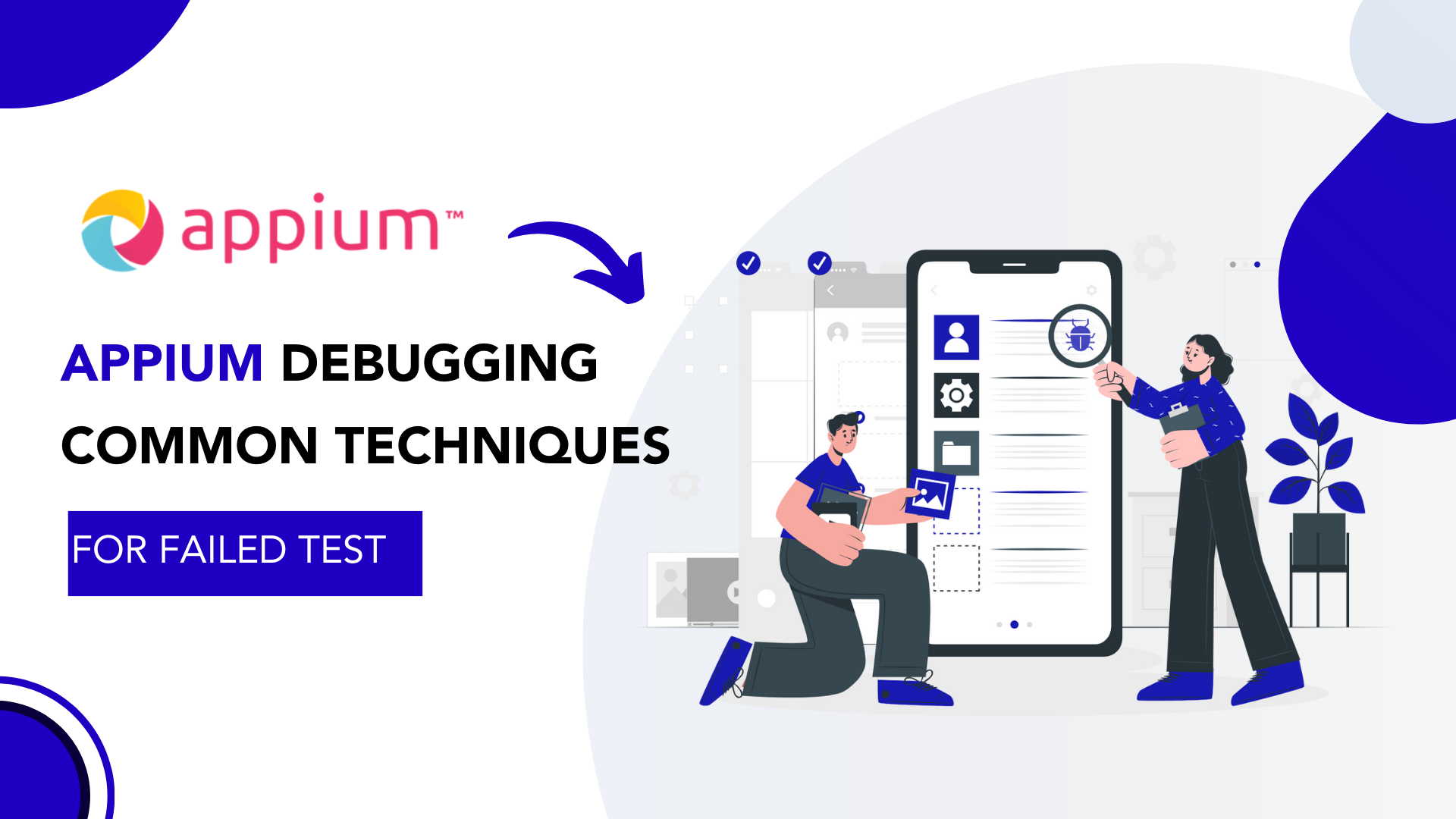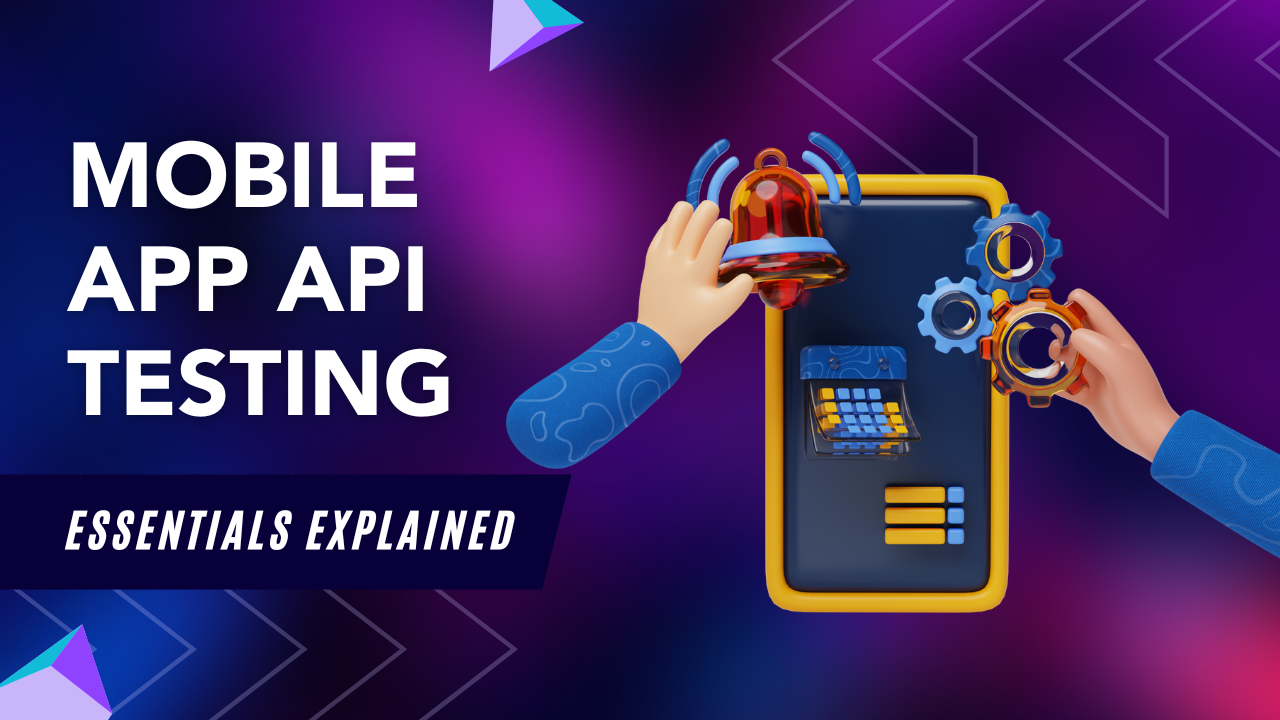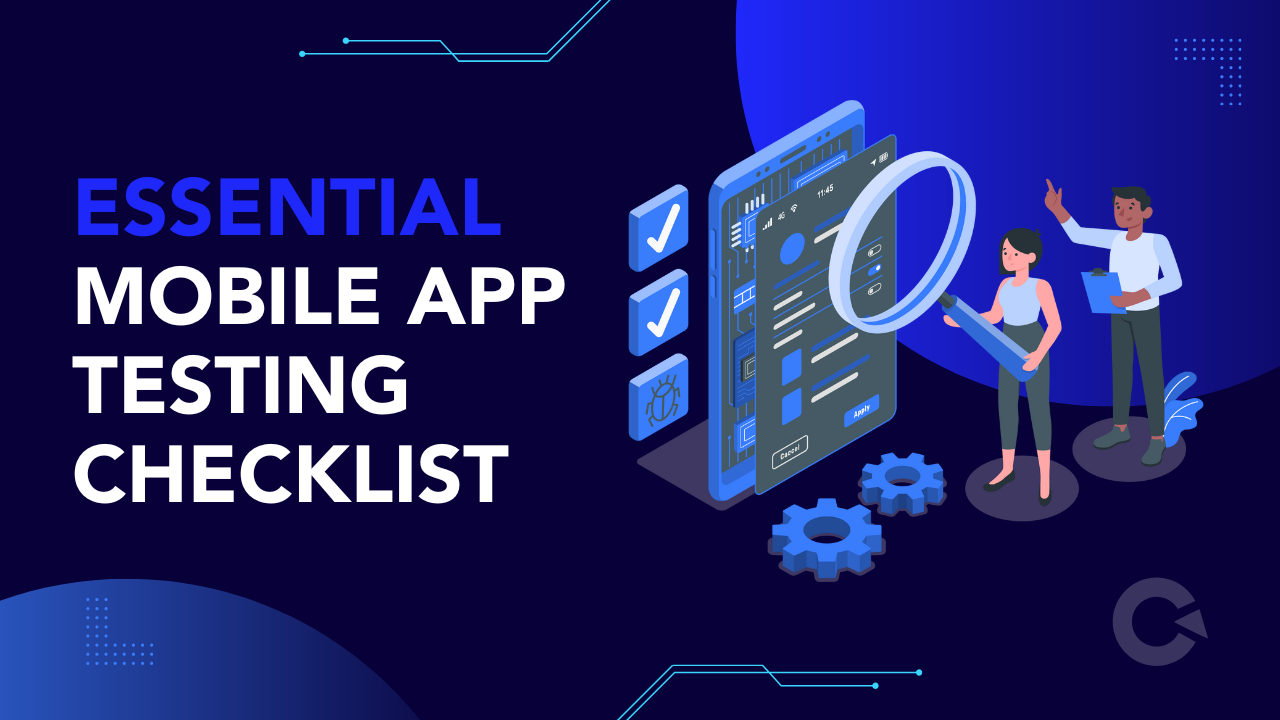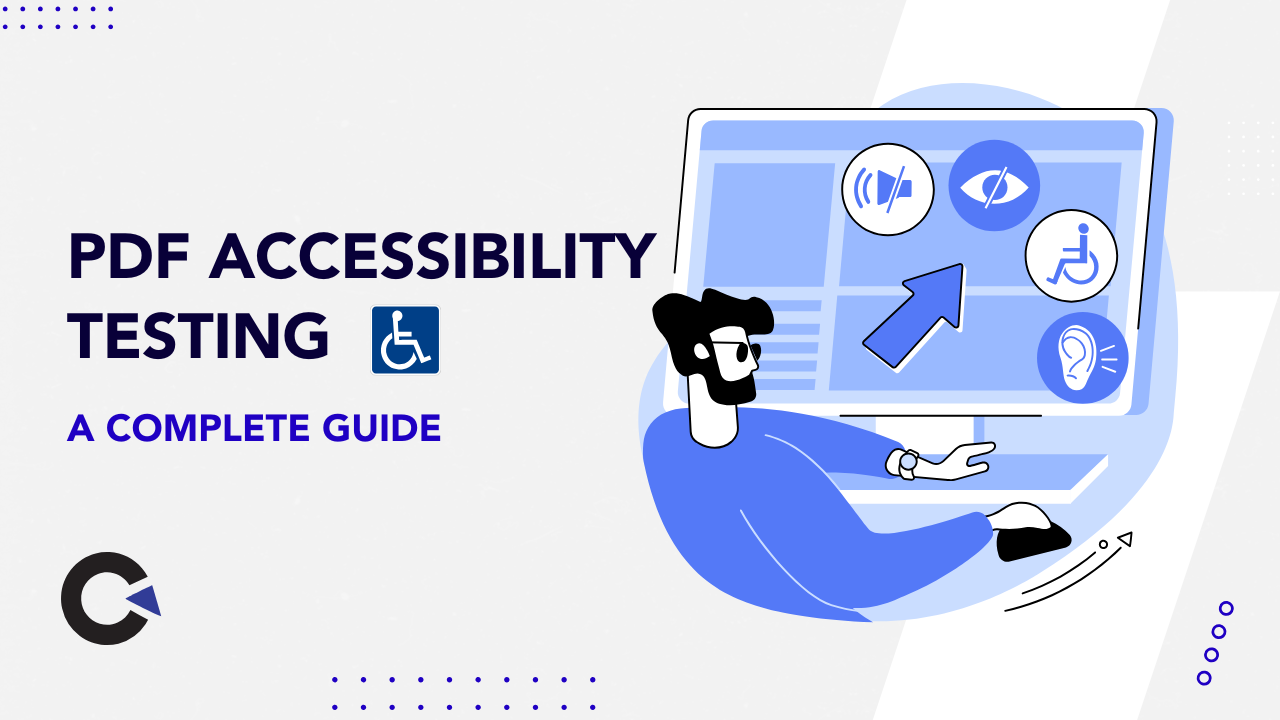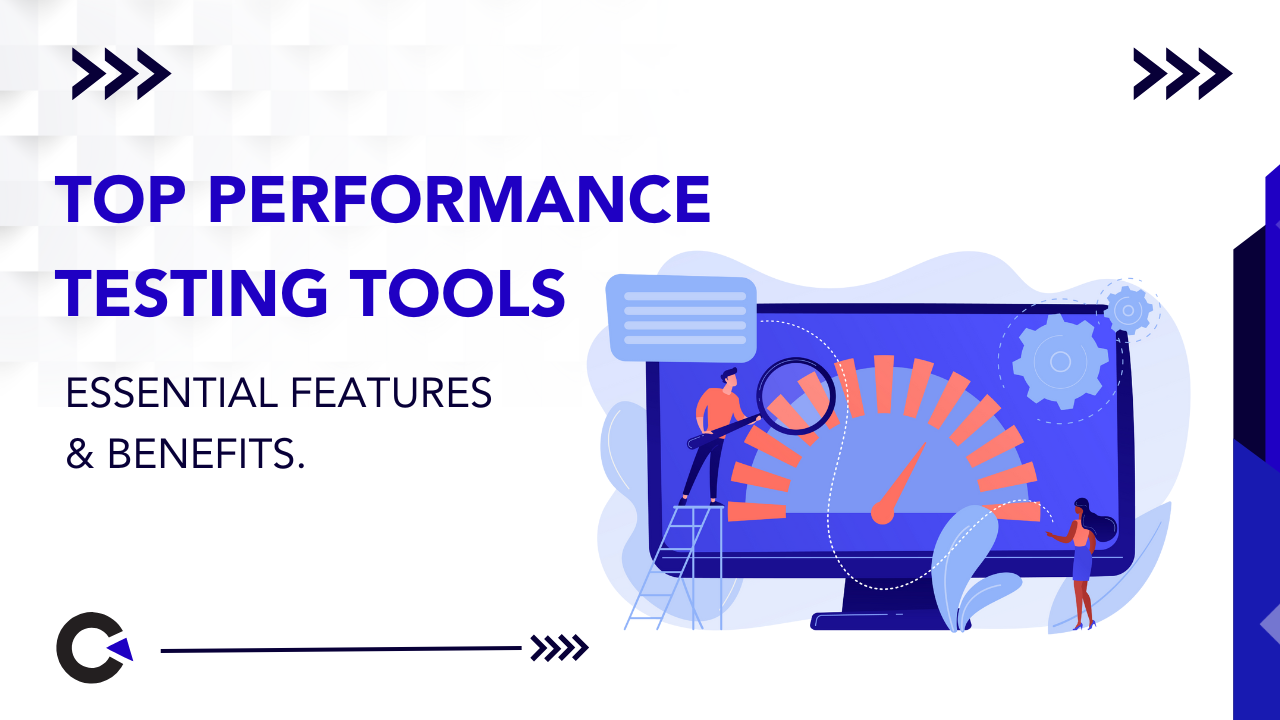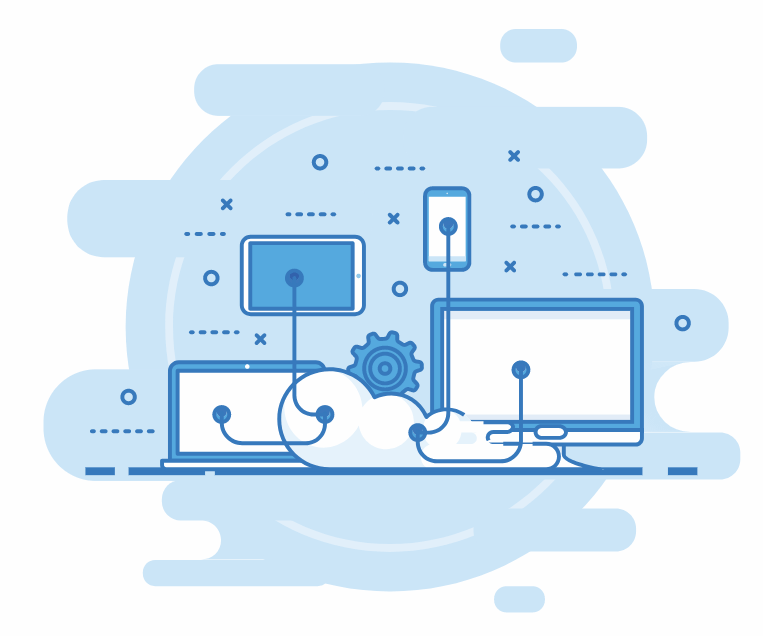
The Ultimate Quality Guide: Seven Mobile Test Automation Tips
by admin | Feb 13, 2019 | Mobile App Testing, Blog | 0 comments
Mobile apps have been rocking the cradle of digital transformation all across the IT industry. They have become the most effective channel for reaching out customers for monetizing your products and services. The game of mobile app development and management becomes tricky. A study shows that an average mobile app with quality functionalities loses about 95% of its users within 90 days of rollout. This is a disastrous figure for the owners of mobile business applications who are investing a great deal of time and material cost.
What Breaks the Deal?
Addressing the Issue Quality assurance finds its way through mobile app testing. It is the only potential way to ensure top-notch user experience for the audience. Test automation is apparent to get the center stage of attraction with only 29% of developers indulging in explorer tree testing and making manual test cases. Automation test cases lead to high quality of testing and allow non-dynamic, repetitive jobs to be handled in no time. Automation testing is done through numerous test automation frameworks like Selenium, Appium, Protector. Achieving a threshold level of quality customer experience is essential when somebody visits a particular business mobile application.
Here are the most effective, actionable tips for implementing automation testing and create useful test automation environment.
Replicate and Scale It is incredibly beneficial and saves time for developers to test out a small model of the mobile app on a particular functionality in the real mobile ecosystem, and then replicating and scaling the same for all components and features. The technique of automation test case for your application saves a significant amount of time while ‘discovering’ bugs. It helps the programmer maintain complete modularity while changing and modifying codes for different tweaks in the mobile app.
No Hassle with CI It is imperative to understand that not all automated test cases will be a part of the continuous integration stream of functional codes. The proposed code will be tested against a pre-built automated test case which will check for all possibilities of error. However, not all of the automated test cases can enter CI.
Platform Compatibility One of the most encountered drawbacks of automation testing is that it is not platform sensitive. In simple words, even the most exceptionally curated automation test case does not it confirm you a bug free app on all platforms. Debug the app as much as possible across all major platforms.
Reusability a MustWhile writing automation driven test cases, it is critical to ensure a large extent of outright reusability. It will drastically cut down the app testing and quality assurance time material cost. It comes in handy while scaling and replicating test cases also.
Inter and intra-test ValidationIt is one of the greatest catches found in every automated test case code. It is essential to understand whether automated test cases are functioning as required, when implemented in an isolated space on the targeted functionality. They may have overlapping and contradicting conditions when compared to many test cases in the same class or app.
Dynamic ResilienceAutomation mobile testing is convenient but tricky at the same time. Thus, it is essential for developers to incorporate unforeseen bags while fixing a few of them. The automation test plan should have a high resilience.
Build a Cohesive Tech Business ChannelTesting is the process involving a lot of common sense and planning, from the perspectives of different stakeholders. The process of automation testing is catalyzed when the channel remains palpable and prompt, for feedback from engineering, operations, and the business departments. One can build better test cases and an overall test plan which makes a lot of sense.
Final Word
Automation testing has been a buzzword in the mobile app development industry since ever. Any test plan can be made highly efficient with proper flow of control and outright concurrency control. These two factors are critical while building any automated mobile testing plan. Also, there should be in discriminated efforts put in on both significant platforms; Android and iOS. Quality is a matter of real concern. It should be addressed with both hands and there should be no discrimination in efforts irrespective of the platform. To get the best in class service and automation testing, connect with us today.





